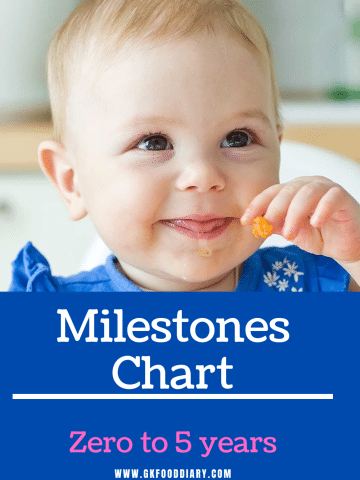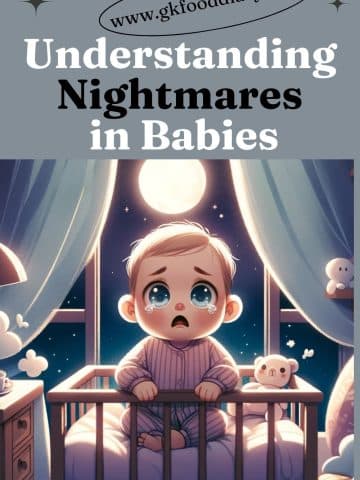Welcome to the eco-friendly parenting journey! If you're considering cloth diapers for your little one, you're making a choice that's better for the environment and potentially kinder to your baby's skin and wallet. But the big question remains: How many cloth diapers do you need? This guide aims to demystify the numbers, types, and care of cloth diapers to make your parenting journey easier.

Understanding Cloth Diapering
Cloth diapering has come a long way from the days of safety pins and rubber pants. Today's cloth diapers are as easy to use as disposables but have the added benefits of being reusable, adjustable, and available in various cute patterns and colours. check out the post on how to choose the right diaper
The Benefits of Cloth Diapers
1. EcoFriendly: Cloth diapers significantly reduce landfill waste.
2. CostEffective: Initial investment aside, cloth diapering is cheaper in the long run.
3. Gentle on Skin: With no chemicals, they're often better for babies with sensitive skin.
4. Adjustable Fit: Many types grow with your baby, from newborn to potty training.
Types of Cloth Diapers
AllinOnes (AIOs): The closest to disposables, convenient but slower to dry.
Pocket Diapers: These come with a removable insert, making them easy to clean and quick to dry.
Prefolds and Covers: These are the most economical options but require more work.
Fitted Diapers: Shaped like disposables but require a waterproof cover.
So, How Many Cloth Diapers Do I Need?
The number of cloth diapers you need depends on several factors:
Age of Your Baby: Newborns need more diaper changes, typically 10-12 daily.
Washing Frequency: The more often you plan to wash them, the fewer diapers you'll need.
Type of Cloth Diapers: Some types, like AIOs, take longer to dry, which might affect how many you need.
A General Guideline
Newborns to 4 Months: 20-24 diapers if washing every other day.
4 to 10 Months: 16-20 diapers.
10 Months to Potty Training: 12-16 diapers.
Washing and Care Tips
Routine: Develop a washing routine that works for you, ideally every 23 days.
Storage: Use a dry pail with a liner for used diapers until wash day.
Detergent: Choose a cloth diapersafe detergent to avoid residue buildup.
Making the Choice
Choosing to use cloth diapers is a personal decision that depends on your lifestyle, budget, and environmental values. While it requires an initial investment and a bit more effort than disposables, the benefits of cloth diapering can be significant.
Remember, the number of diapers you need can vary based on your circumstances, so it's always a good idea to start with an essential stash and adjust as you get to know your baby's needs and laundry preferences.
Take care of any diaper rashes very carefully.
Embarking on the cloth diapering journey can initially seem daunting, but with some preparation and understanding, it can become a simple and rewarding part of your parenting routine. Whether you're drawn to cloth diapers for their environmental benefits, cost savings, or a gentle touch on your baby's skin, finding the correct number to suit your lifestyle is critical to a successful experience.
Happy diapering!
How many cloth diapers do I need to start?
The number of cloth diapers you need can vary depending on how often you plan to wash them. For a newborn, it's recommended to have 20-24 cloth diapers if you intend on washing every two days. As your baby grows, you can adjust the quantity. For infants, 16-20 diapers are usually sufficient, and 12-16 can work well for toddlers.
Can the number of cloth diapers I need change as my baby grows?
Absolutely! Newborns typically require more diaper changes throughout the day so that you might need a larger stash initially. As your baby grows and has fewer diaper changes, you can reduce the number of diapers you use daily.
Does the type of cloth diaper affect how much I need?
Yes, it can. Different types of cloth diapers, like all-in-ones, pockets, and prefolds with covers, have different drying times and ease of use. All-in-ones and pocket diapers might require a larger stash since they consist of a single piece, whereas pre-folds and covers can be reused more frequently, potentially reducing the total number you need.
How often should I plan to wash cloth diapers?
Most families find washing cloth diapers every 2-3 days manageable and hygienic. This frequency helps prevent odour and stain buildup and ensures you have a regular supply of clean diapers.
Can I start with fewer cloth diapers and buy more later?
Definitely! Starting with a smaller stash allows you to try different types and brands to see what works best for your baby and your lifestyle. You can always add more diapers to your collection as needed.
How do I store used cloth diapers until laundry day?
It's best to store used cloth diapers in a dry pail with a liner for easy washing. Keep the pail in a well-ventilated area and avoid soaking the diapers in water, which can lead to mould and odour issues.
Are cloth diapers suitable for nighttime use?
Yes, cloth diapers can be used at night, but you might need to add extra layers or inserts for increased absorbency. Some parents prefer specific nighttime solutions, like fitted diapers with wool covers, to ensure their baby stays dry till morning.
What should I do if my baby starts leaking through cloth diapers?
Leaks can happen for several reasons, such as the diaper being too full, improper fit, or the need for additional absorbency. Try adjusting the fit, changing the diaper more frequently, or using inserts or doublers to increase absorbency.
Can I use cloth diapers while travelling?
Yes, cloth diapers can be used while travelling, but they require more planning. Consider how you'll store used diapers and where you'll be able to wash them. Portable wet bags are great for storing soiled diapers on the go.
How do I know when to size up in cloth diapers?
Signs that it's time to size up include the diaper leaving red marks on your baby's skin, frequent leaks, or difficulty fastening the diaper properly. Many cloth diapers have adjustable sizing, but if you're using sized diapers, they indicate it's time for the next size up.







Leave a Reply